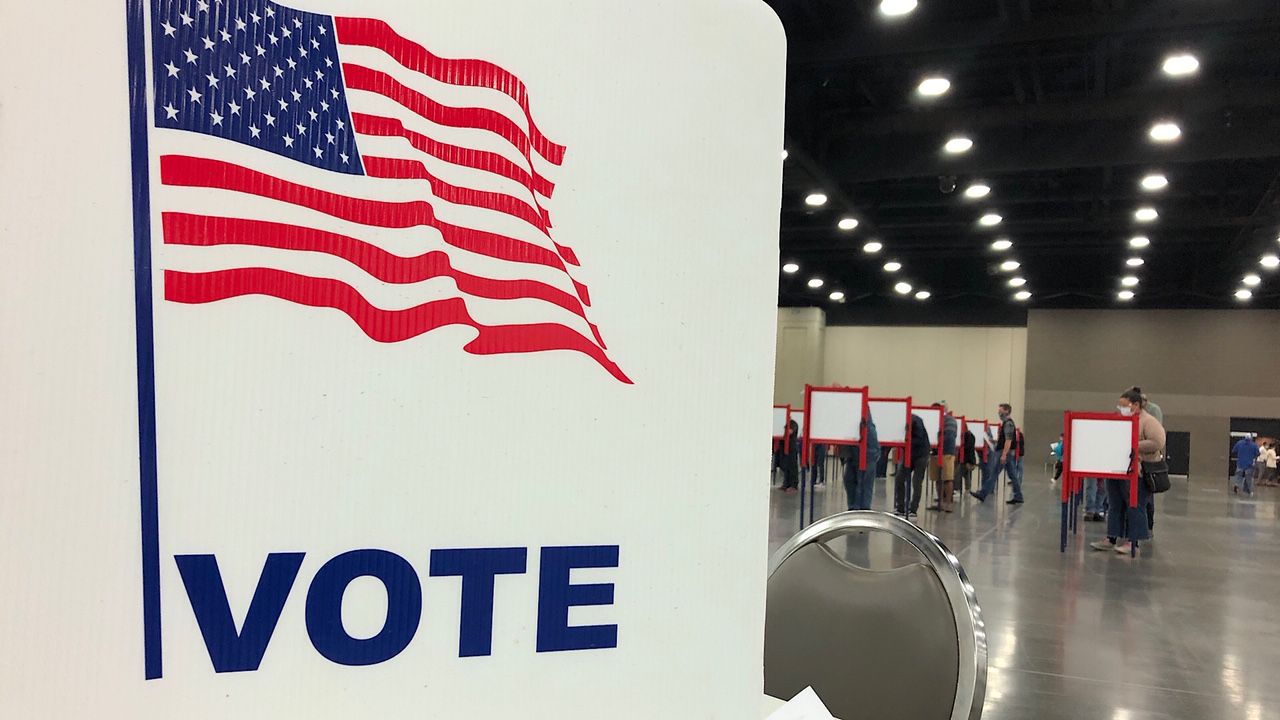New York's political calendar is colliding with the challenge to the state's newly drawn congressional district maps that could come to a head in the state Court of Appeals next week.
At issue is the rapidly approaching deadline for absentee ballots, the start of early voting and the coming June 28 primary. Petitioning has already gotten underway for ballot access. But the maps drawn by Democratic state lawmakers and approved earlier this year could be forced back to the drawing table depending on how New York's top judges rule.
"It's a real mess in a lot of ways because the primary is in June and by law the mail ballots have to go out by May 14," said Michael Li, an attorney with the Brennan Center, in an interview with Capital Tonight. "We're right at the edge of when the maps need to be final."
A Republican-backed lawsuit filed earlier this year challenged the constitutionality of the maps based on an amendment that outlaws partisan gerrymandering in the once-a-decade process. Lawmakers held the pen in how House districts, as well as seats for the state Senate and Assembly, were drawn after a commission failed to reach an agreement on the lines.
A lower court and an appeallate court both determined the congressional lines were drawn with partisan intent in violation of the constitution; the appeallate court upheld the legality of the Assembly and Senate districts.
New York's top court on Tuesday is scheduled to hear oral arguments in the case. The options if the maps are declared unconstitutional could make the political world even more complicated.
"There's really two alternatives: Either we use these maps for 2022 because there's not enough time to change them even if they're unconstitutional or the court will move the primary and order the Legislature or perhaps a special master to redraw the maps," Li said. "Those are really the choices."
For voters who may soon be getting engaged with the election season, the legal wrangling and potential change in how the maps will look, shifting representation from region to region or block by block in New York state, is confounding.
"A lot of communities risk being shut out of representation because of the way these maps are drawn," Li said. "There's a lot on the line, but also there's a lot of confusion for voters. They're signing petitions or figuring out who to vote for. It's really an unfortunate mess that we're in."



